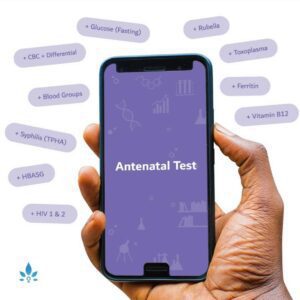How to Recognize Geographic Tongue in Children


Have you ever looked at your child’s tongue and been shocked by what you saw? Children with a geographic tongue may look normal in the morning yet have a very abnormal-looking tongue just a few hours later. Here’s what you need to know about your child’s tongue and when (or if) you need to be concerned.
A normal tongue is a muscular organ that aids in talking and swallowing. It is covered by an outer membrane, which is coated with tiny papillae, appearing as pinkish-white bumps. These papillae are very short, hair-like projections on the tongue’s surface. Taste buds are located in many of these papillae.
In the geographic tongue, patches of these papillae are missing, giving the appearance of smooth patches on the tongue. Often the border of the smooth areas is raised and whitish in appearance. These patches and the raised border give the tongue a map-like appearance, hence the name geographic tongue (also known as benign migratory glossitis). Often the smooth patches will heal and then migrate to other areas of the tongue. Parents may notice frequent changes to the size, shape, and location of these patches.
The tongue may be sensitive and could potentially cause mild discomfort to your child. However, this condition resolves on its own, and treatment is not usually needed. Having your child avoid acidic, spicy, salty, or hot foods may alleviate some of the discomfort associated with a geographic tongue.
A child’s geographic tongue can look quite alarming to parents, but there is no need for concern. While the underlying cause is unknown, it is not associated with other underlying diseases or problems of the mouth and will go away on its own without treatment. Often, a geographic tongue may last for weeks before it finally clears, and it can reoccur.
Sources:
- Mayo Clinic
- Geographic tongue.
National Institutes of Health - Geographic tongue.
Powered by Bundoo®












































